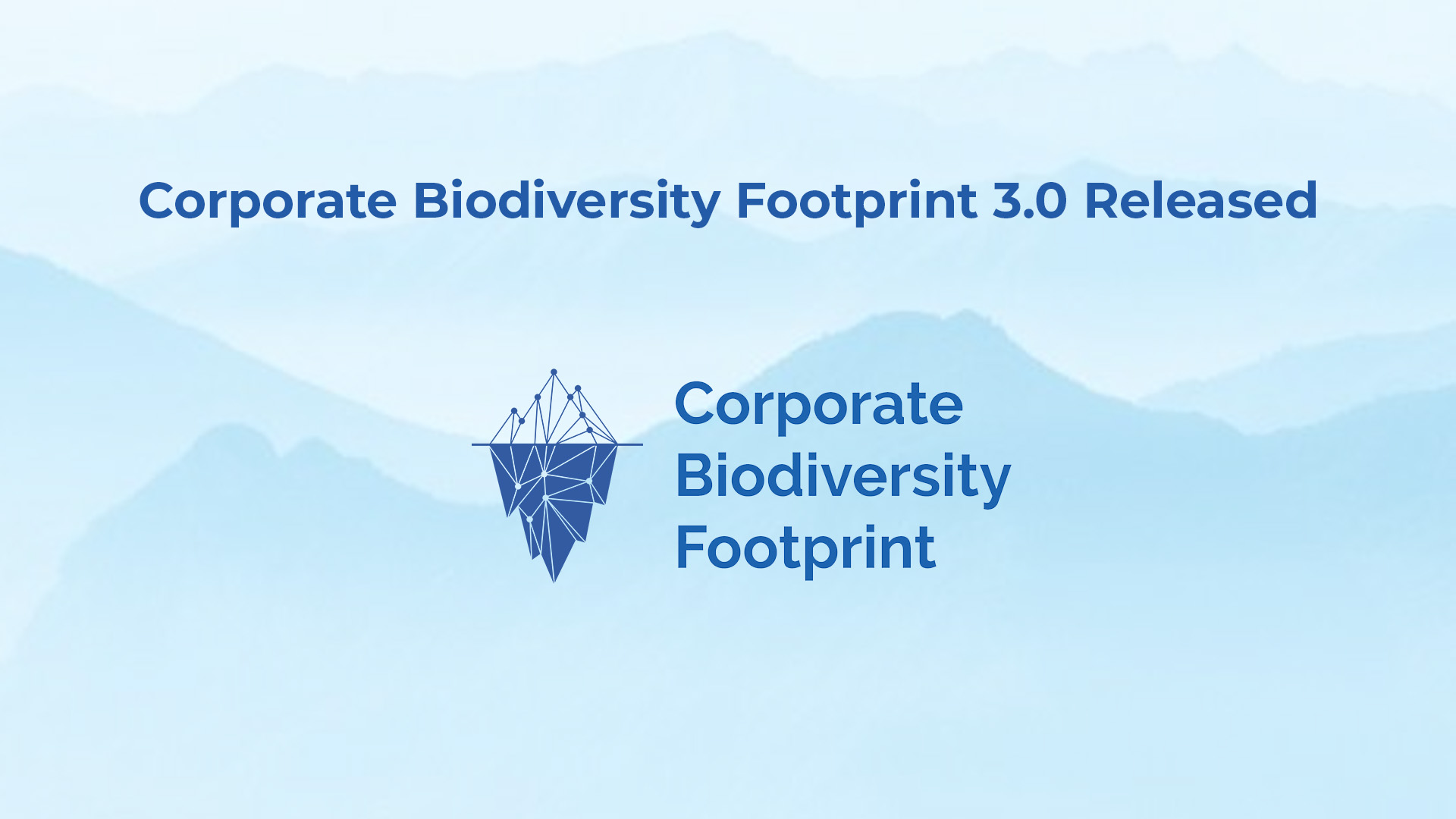Iceberg Data Lab Releases Major Updates to Corporate Biodiversity Footprint (CBF)
Methodology and Results
Iceberg Data Lab is proud to announce the release of the updated Corporate Biodiversity Footprint (CBF), further advancing our ability to measure and reduce business impacts on nature.
This new version marks a significant step forward, both in methodological robustness and data granularity, helping organizations better align with evolving global biodiversity standards.
Key Methodological Advancements
- Ecosystem-Specific Pressure Breakdown: The CBF provides a detailed breakdown of biodiversity pressures across terrestrial and freshwater ecosystems, offering more targeted insights for conservation and mitigation efforts.
- Pioneering Inclusion of New Pressures: The updated CBF introduces two critical biodiversity pressures:
- Invasive Alien Species (IAS) – IDL is the first data provider to successfully quantify IAS impact in km².MSA, setting a new scientific benchmark.
- Water Stress – Developed with a refined methodology, this addition reflects growing recognition of freshwater pressures on biodiversity.
- Updated Environmental Pressure Factors: All pressure factors have been harmonized with the latest scientific research and LCA models, ensuring that the CBF reflects current understanding of biodiversity drivers.
- Stronger Environmental Signal: Improvements have been made to better capture real-world biodiversity changes, aligning the CBF methodology with the latest IPBES findings and observed ecological trends.
Key Insights from CBF Results
Based on the updated methodology, the global biodiversity footprint of our assessed universe has increased by 8% compared to the previous version. This reflects both improved accuracy in modelling and actual biodiversity trends.
- Scope 3 (Upstream): Now representing 46% of the total footprint, upstream activities (such as purchased goods and services, transportation, and supplier operations) remain the dominant contributor.
- Scope 3 (Downstream): Accounting for 28%, this reflects the biodiversity impacts associated with product use and end-of-life treatment.
- Scope 1: Direct operations under our control contribute 25% of the footprint, highlighting the continued importance of internal environmental stewardship.
Driving Action Through Insight
This update strengthens our ability to guide corporate action toward biodiversity-positive outcomes. By identifying key pressure points across ecosystems and scopes, we equip financial institutions with the tools to prioritize nature-based solutions, engage value chains, and align with science-based targets for nature.
Ready to See Your Updated Results?
New to Iceberg Data Lab? Request a demo and we’ll walk you through how financial institutions are using the CBF to manage biodiversity risks and opportunities.







